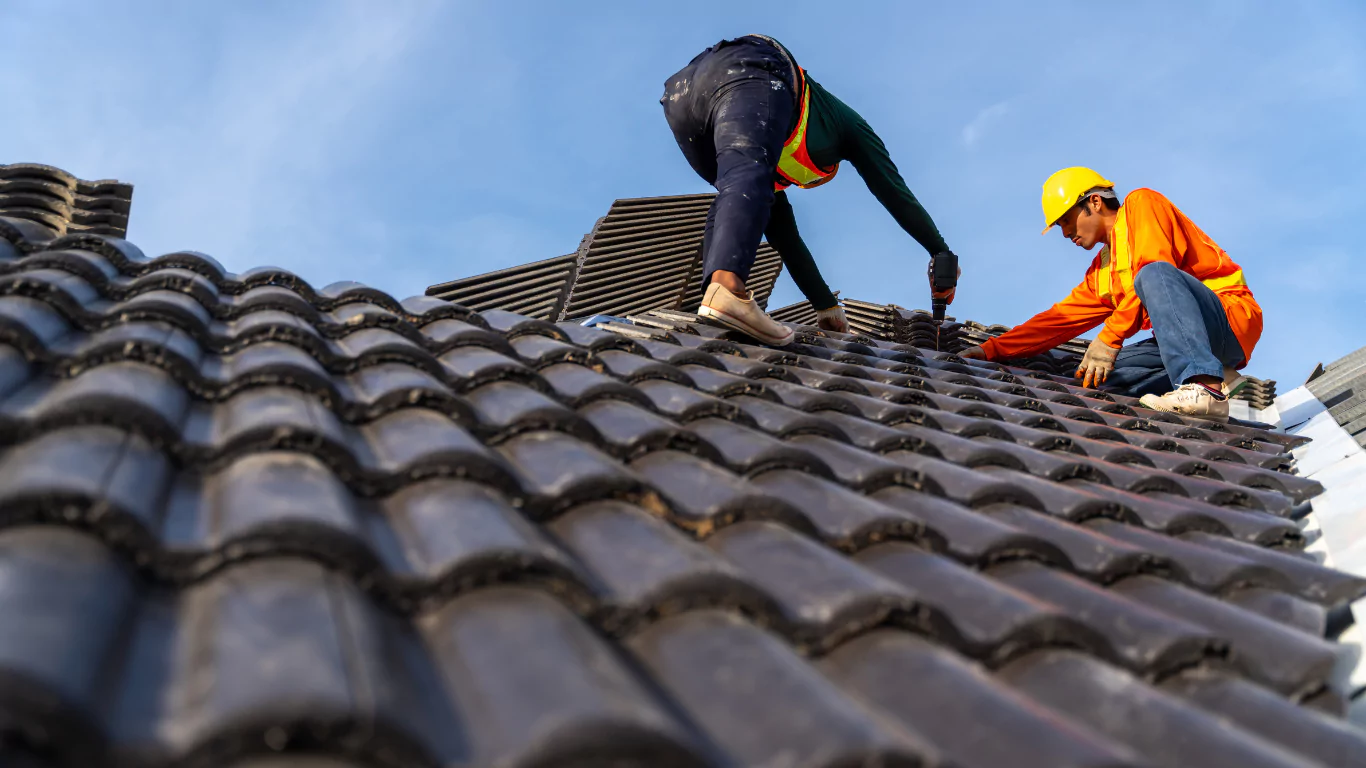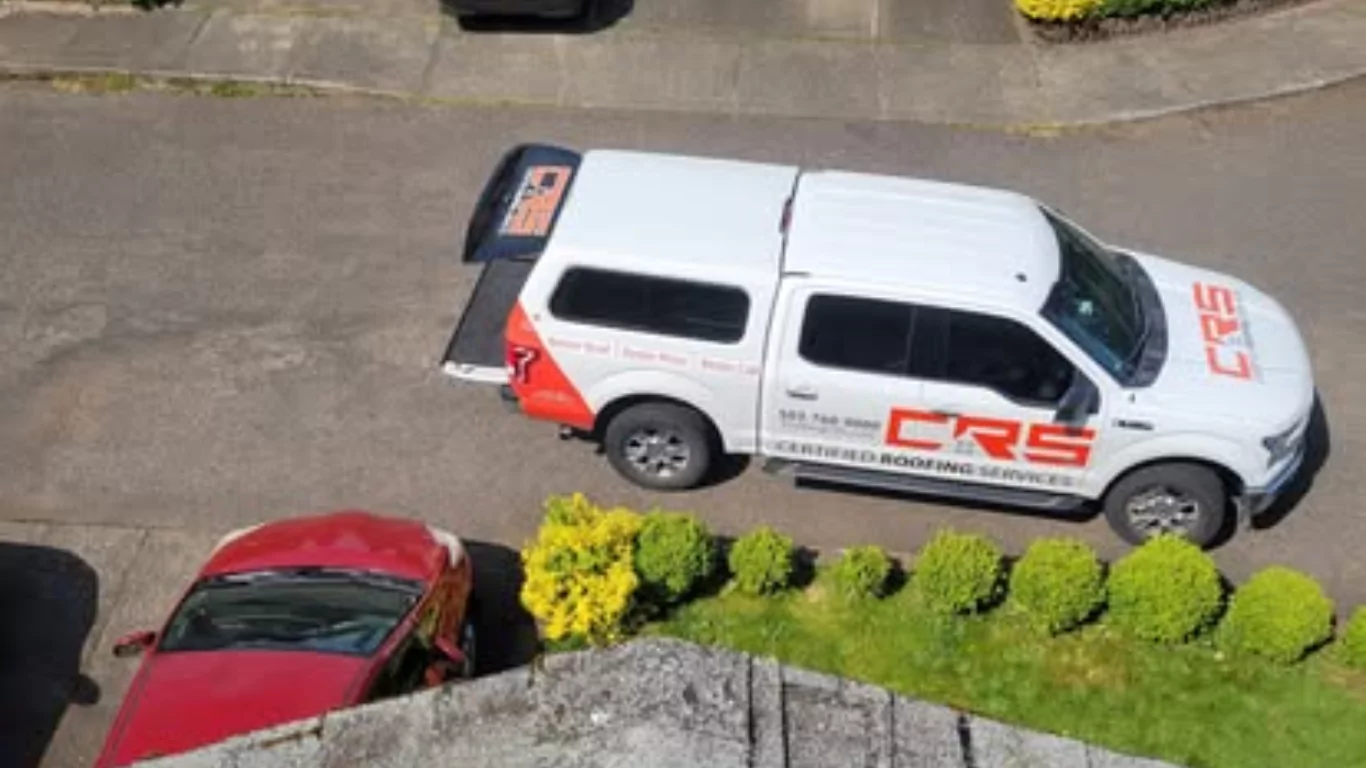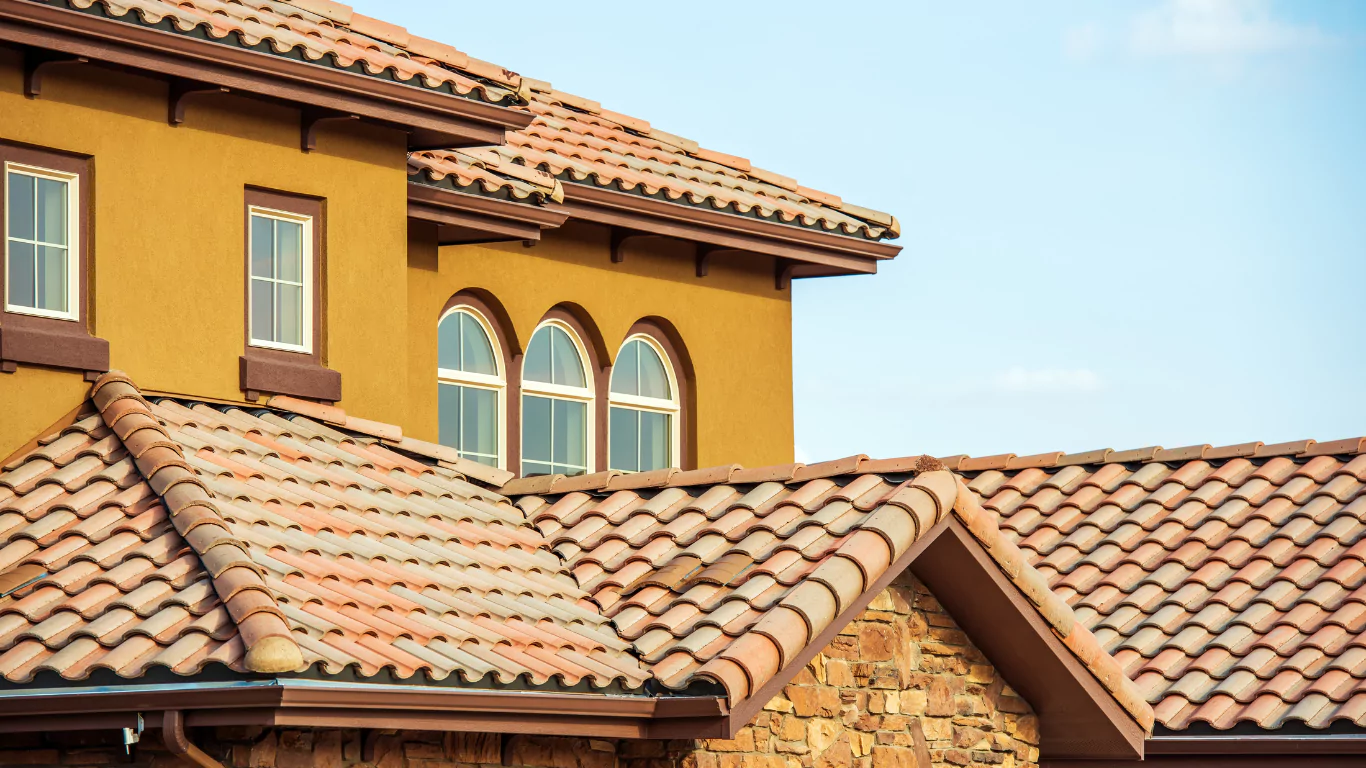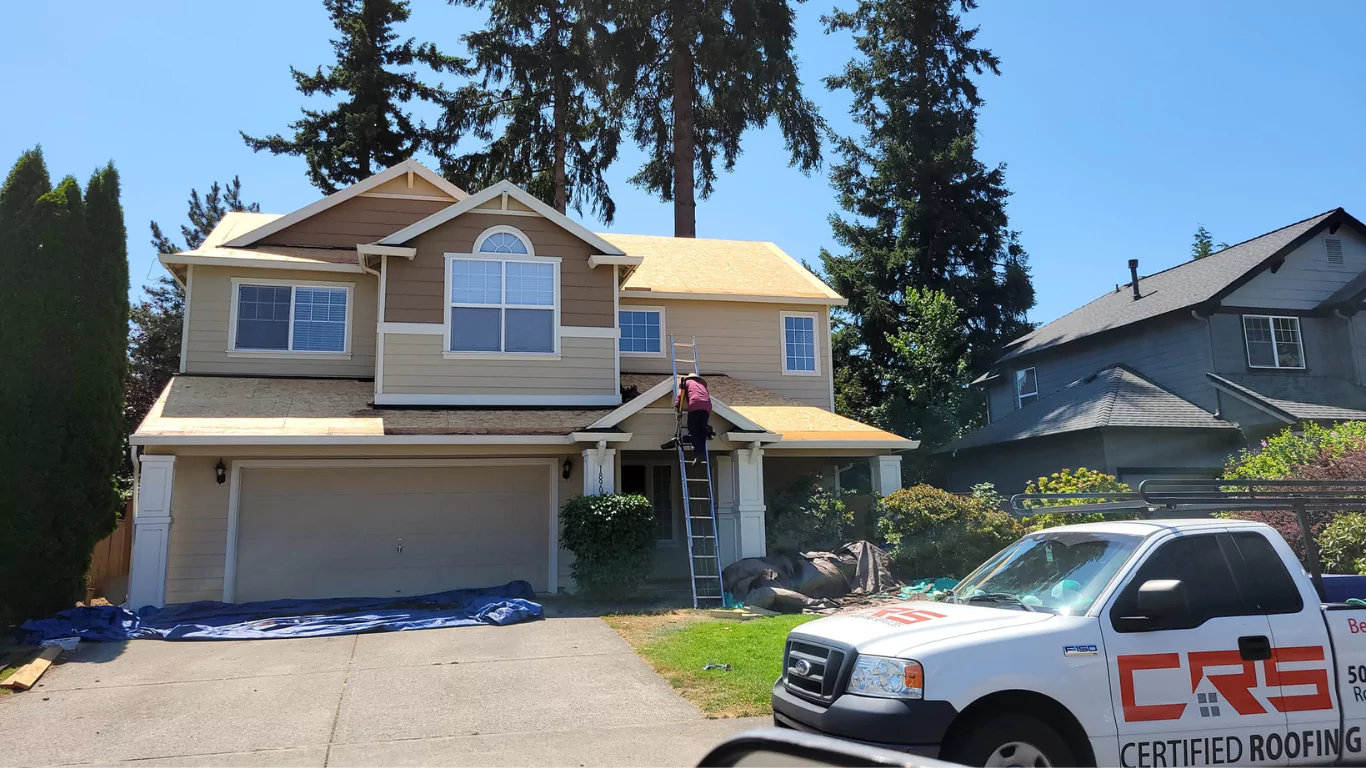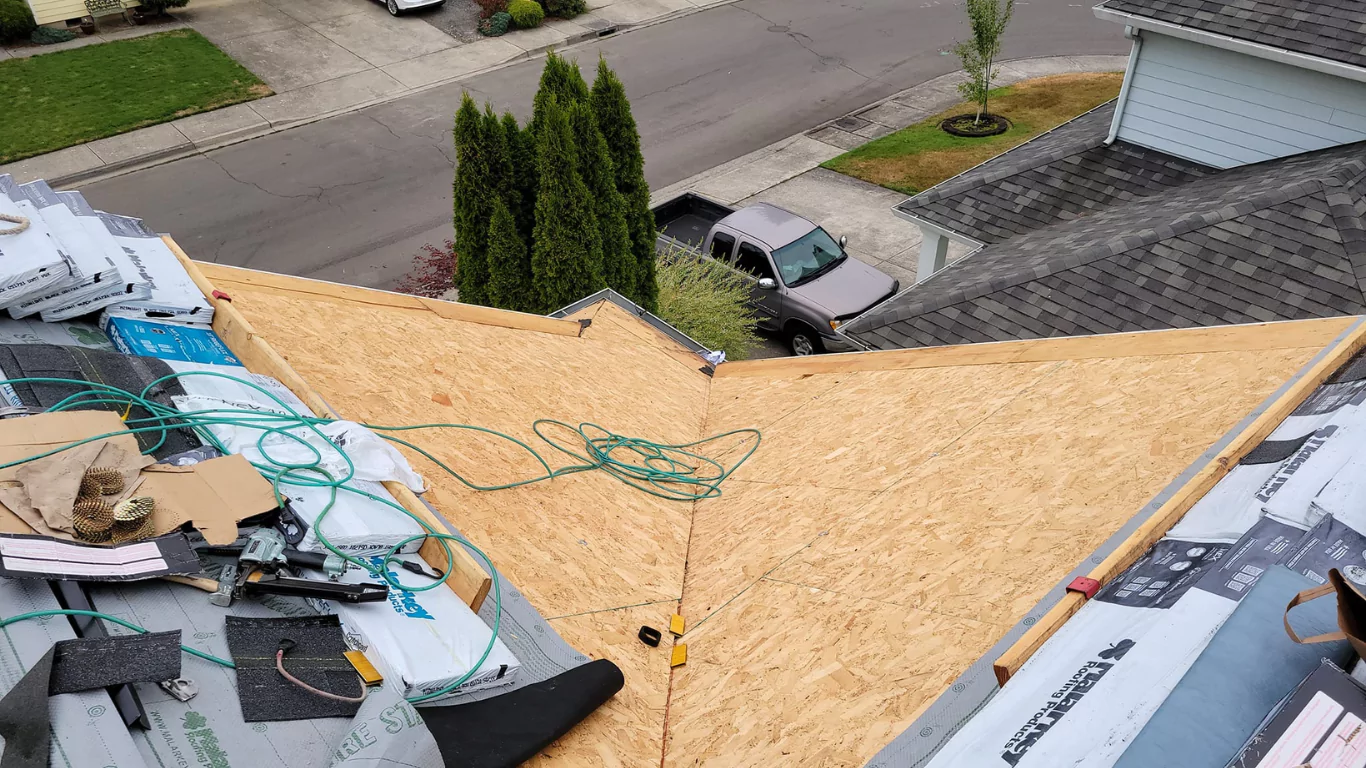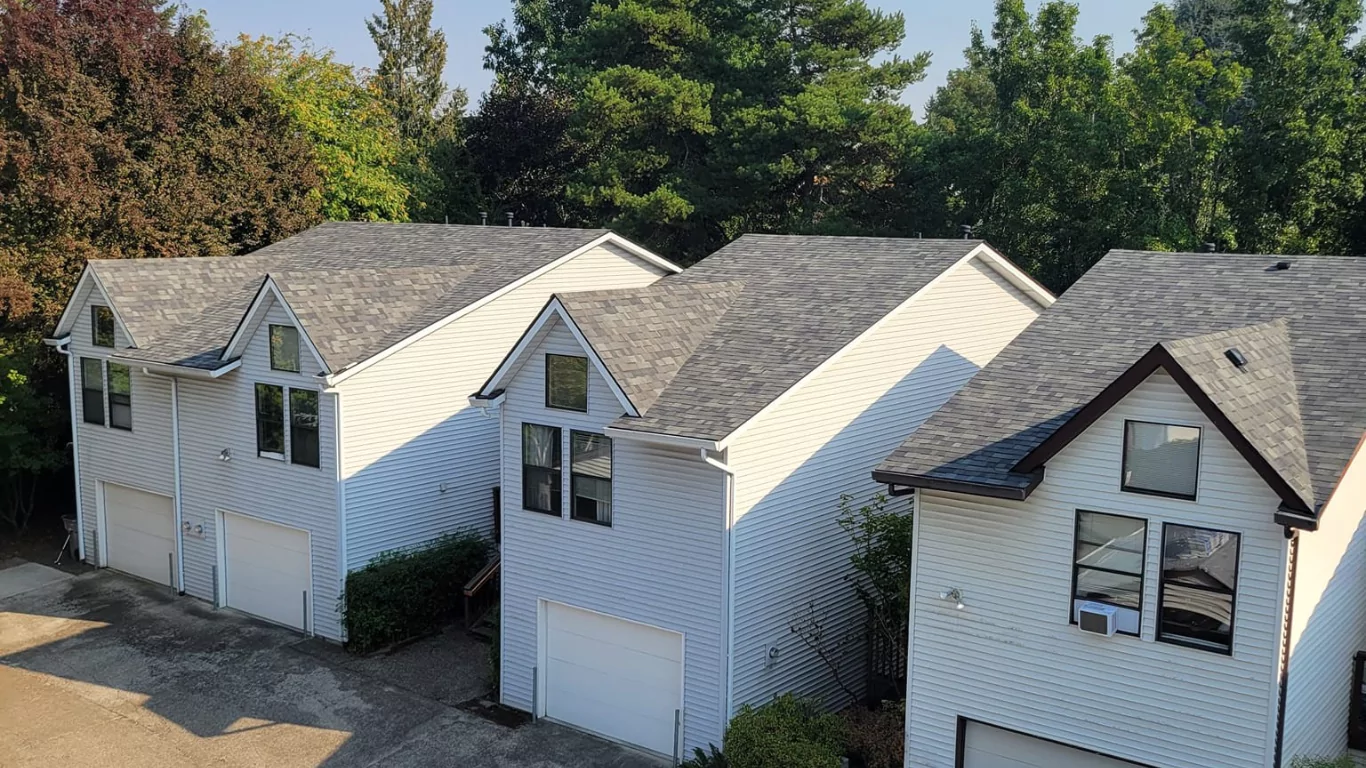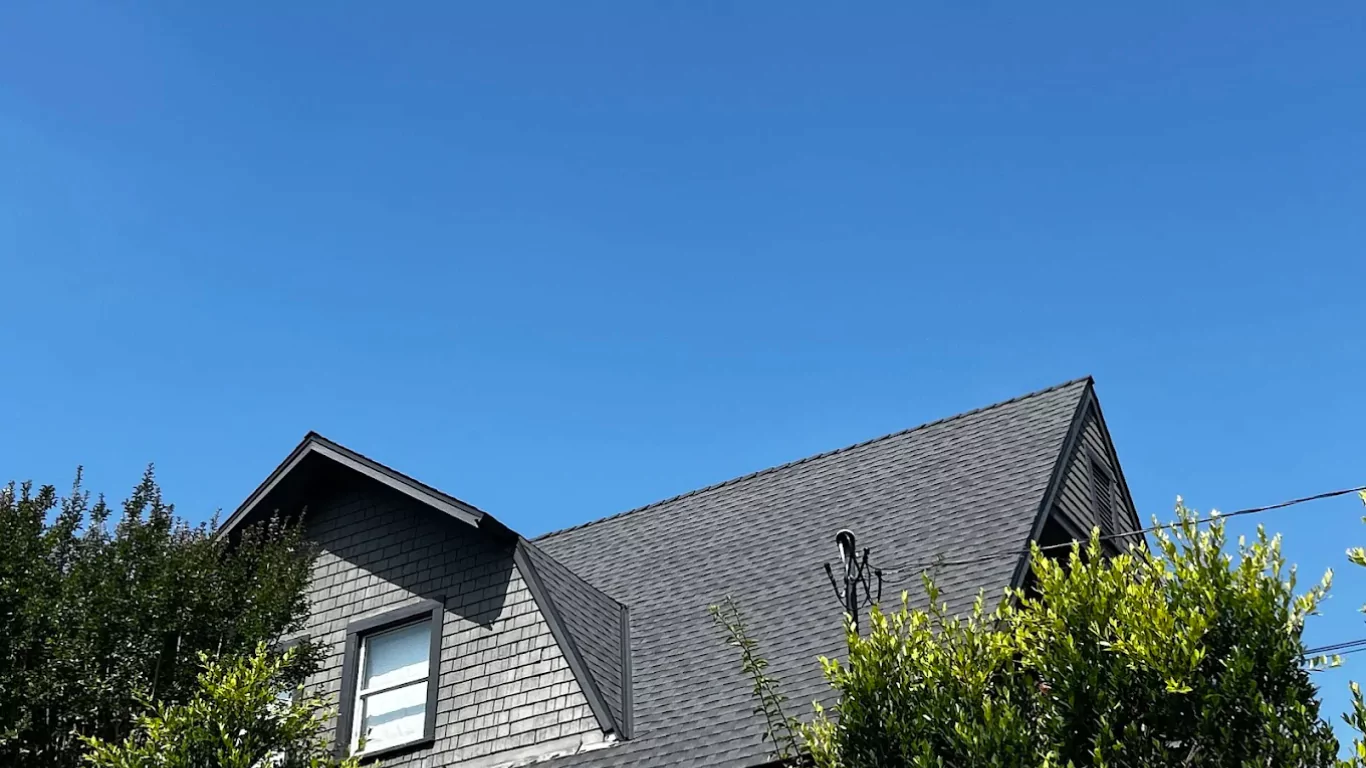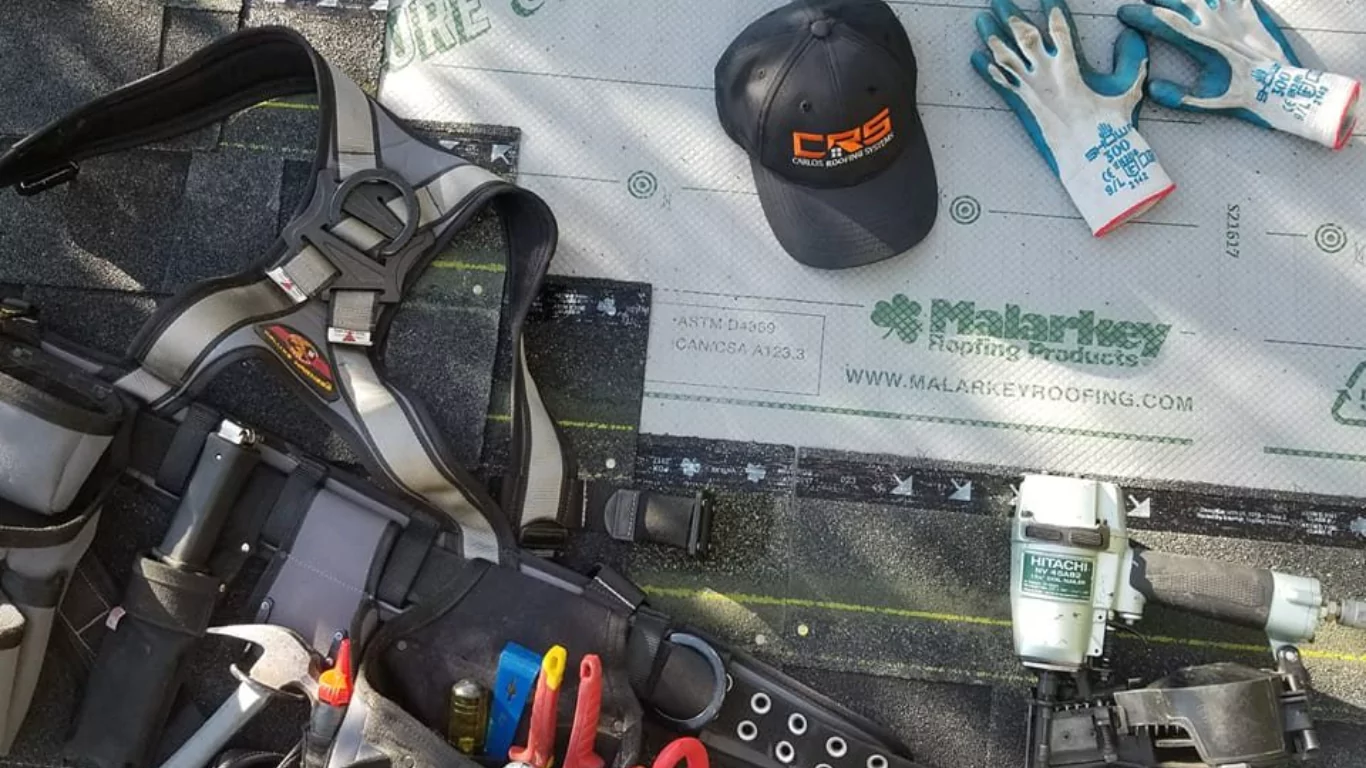I. Introduction
Tile Roof Repair is essential even for roofs known for their strength, longevity, and distinctive style. Tile roofs offer excellent resistance to harsh weather and can last over 50 years with proper care. But even the toughest roofs aren’t invincible.
Homeowners often overlook early signs of damage, assuming tile roofs are maintenance-free. Small issues like cracks or loose tiles may seem minor—but left unchecked, they can lead to costly repairs or full replacement.
This article by Certified Roofing Services helps you identify when tile roof repair is necessary, how to spot the signs early, and why quick action can extend the life of your roof.
II. What Makes Tile Roofs Unique
Tile roofs typically come in clay, concrete, or slate—each with its own benefits. Clay tiles are durable and fire-resistant. Concrete offers affordability and strength. Slate boasts a premium look and long lifespan.
What sets tile roofing apart is its weather resistance. It handles heat, rain, wind, and hail better than many alternatives. However, no material is immune to damage.
A common myth is that tile roofs “never need repairs.” While they do last longer, their underlayment and fasteners can degrade. Tiles themselves may break from impact or shift over time. Recognizing these realities helps homeowners take timely action to preserve their investment.
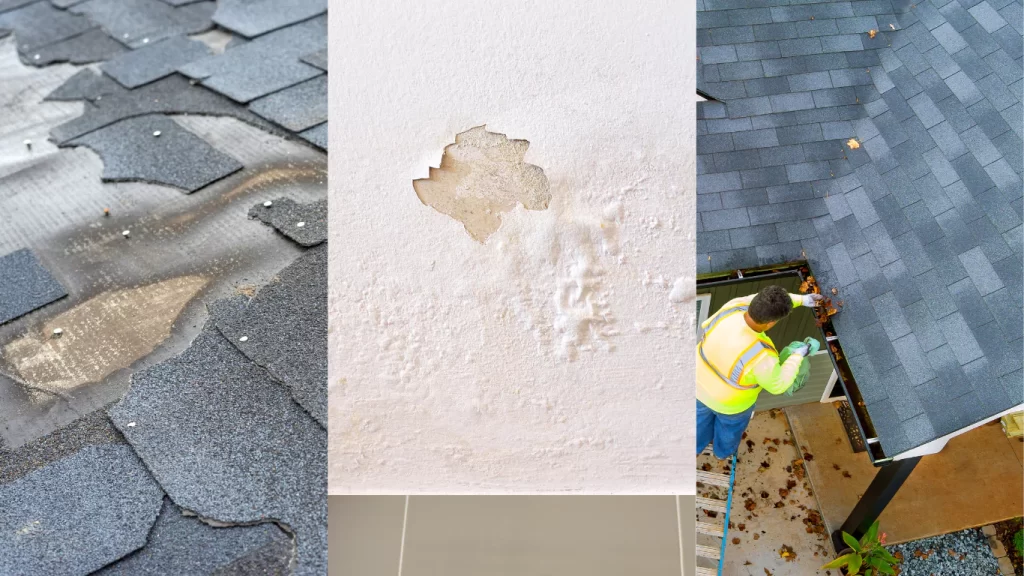
III. Warning Signs You May Need Tile Roof Repair
A. Visible Tile Damage
Cracks, chips, and missing tiles are direct indicators of trouble. Even a single damaged tile can expose your underlayment to moisture, leading to leaks and structural problems.
Also watch for:
Surface erosion
Fading or discoloration
Moss or lichen growth
These changes signal tile wear and potential breaches in protection.
B. Water Leaks and Interior Damage
Leaks rarely start inside—by the time water shows on ceilings or walls, your roof has likely been compromised for weeks or months.
Look for:
Water stains
Mold or mildew
Musty smells in the attic
If you spot any of these, schedule a roof inspection immediately.
C. Sagging or Uneven Roofline
A dip or curve in your roofline may point to:
Rotting wood
Waterlogged underlayment
Structural shifts from long-term damage
This isn’t something to wait on. Call Certified Roofing Services for an expert evaluation.
D. Increased Energy Bills
Damaged tile roofs affect home insulation. If you notice:
Sharp seasonal spikes in energy use
Drafts or uneven temperatures indoors
It might be your roof allowing hot/cold air to escape. Repairing problem areas can restore energy efficiency.
E. Debris in Gutters
Finding tile fragments, sand-like granules, or cracked pieces in your gutters is a sign your tiles are deteriorating. This is often a precursor to larger issues and a clear sign it’s time for professional repair.
IV. Common Causes of Tile Roof Damage
Several factors can weaken even the best tile roofs:
Harsh weather: hail, wind, sun exposure
Poor installation: improper tile overlap or faulty fasteners
Foot traffic: walking on tiles can crack or loosen them
Tree limbs and debris: can cause impact or puncture damage
Regular assessments can catch these issues early.
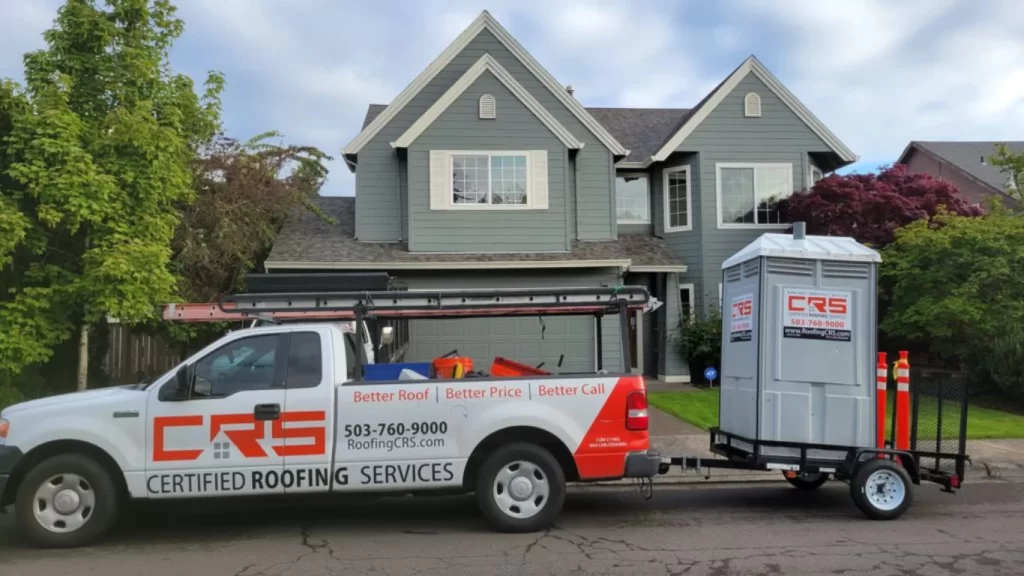
V. DIY Roof Check vs. Professional Inspection
A. How to Safely Spot Issues from the Ground
Use binoculars or a drone to inspect:
Broken or misaligned tiles
Debris buildup
Sagging areas
Never walk on a tile roof—it’s unsafe and may cause damage.
B. Benefits of a Professional Roof Inspection
Certified Roofing Services provides:
Infrared tools for hidden leaks
Detailed damage reports
Repair recommendations
Most inspections are affordable and help prevent much costlier repairs down the road.
VI. When It’s Time for Repair (Not Replacement)
Not all damage means full replacement. You may only need tile roof repair if:
Damage is limited to certain areas
Underlayment is still intact
Structural integrity is solid
Repairing instead of replacing can:
Save thousands in costs
Preserve your home’s appearance
Extend your roof’s lifespan by 10–20 years
VII. Choosing a Reputable Tile Roof Repair Contractor
Hiring the right contractor is crucial. Look for:
State licensing and insurance
Tile-specific experience
References and online reviews
Ask:
Do you provide a written estimate?
What’s your warranty policy?
How long will the repair take?
Avoid contractors who pressure you, skip permits, or can’t verify their work history.
Certified Roofing Services meets all these criteria and has a track record of reliable tile roof repair throughout the region.
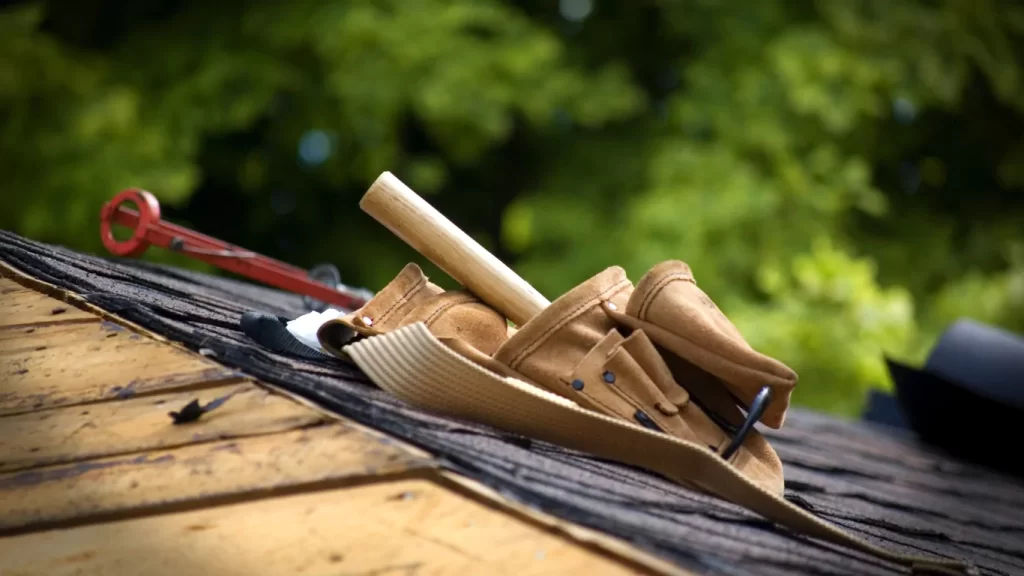
VIII. Preventative Maintenance Tips
Keep your tile roof in top shape with:
Annual inspections by a pro
Clearing moss, leaves, and branches (especially after storms)
Applying sealants or coatings to prevent water infiltration
Consistent maintenance reduces emergency repairs and helps tiles last longer.
IX. Final Thoughts
Tile roofs offer decades of beauty and protection—but only if they’re maintained.
Watch for signs like cracked tiles, water leaks, and sagging areas. Don’t wait until minor issues become costly disasters.
Certified Roofing Services recommends getting an inspection at the first sign of trouble. A quick fix today can save your roof tomorrow.
Call us to schedule your tile roof repair or inspection.

